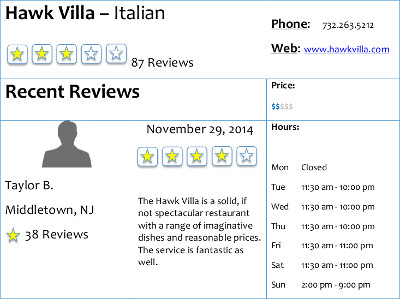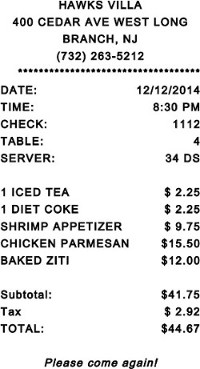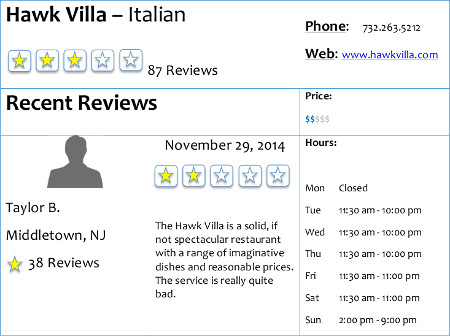在实验中的现实主义
Overview
资料来源: 实验室的加里 · 斯基、 戴夫 Strohmetz 和娜塔莉 Ciarocco — — 蒙茅斯大学
在一个理想的世界研究人员会进行学业在现实世界中设置行为自然会发生。例如,如果你想要看到什么影响个人的投票行为,它最好看着他们投票。然而,研究这些设置并不总是道德或甚至现实。此外,研究者可能想要更精确地定位影响结果的精确变量的设置更多的控制。
当研究人员需要在实验室进行研究时,他们试图优化世俗的现实主义,这意味着他们尽他们所能使实验室感觉像真实生活经验。该视频演示了检查如何研究人员世俗现实主义在实验室中使用来确定是否积极餐厅评论两组设计连接到食客的水平的小费。
心理研究经常在其他科学中使用高比研究的样本量。大量的参与者有助于确保人口正在研究更好地代表和伴随着研究人类行为的误差范围充分地说明。
在本视频中,我们证明本实验使用只是两个参与者,一个用于每个条件。然而,所代表的结果,我们总共用了 200 (100 为每个条件) 参加者达到实验的结论。
Procedure
1.定义的关键变量。
- 创建在线餐馆评论业务定义 (即,到底什么的研究员手段,概念清楚地描述)。
- 本实验的目的,为在线餐馆的评论是评论在网站上提供的餐厅,食客的洞察。
- 积极的审查是一个给出了一般等级的 (共 5 个) 4 星或更高,也称赞这项服务。
- 负面的评论是一个给出了一般评论的 2 个星 (满分 5) 或更低,也批评这项服务。
- 本实验的目的,为在线餐馆的评论是评论在网站上提供的餐厅,食客的洞察。
- 创建提示金额业务定义。
- 本实验的目的,提示金额被定义为参与者的金额将分配给服务器在付账单。
2.进行研究。
- 在实验室门口,是设置作为"鹰山庄"餐厅欢迎与会者。
- 穿衣服,像餐厅的服务器 (例如,穿白色衬衫和黑色围裙,折叠在腰间)。
- 在一张桌子坐下来的参与者。
- 为参与者提供知情同意、 在
Results
Application and Summary
Tags
跳至...
此集合中的视频:

Now Playing
在实验中的现实主义
Experimental Psychology
8.3K Views

从理论到设计: 创意设计实验中的作用
Experimental Psychology
18.8K Views

在心理学研究中的伦理
Experimental Psychology
29.3K Views

实验心理学的观点
Experimental Psychology
5.7K Views

试点测试
Experimental Psychology
10.3K Views

观察性研究
Experimental Psychology
13.2K Views

简单的实验: 两组设计
Experimental Psychology
74.8K Views

多组实验
Experimental Psychology
22.9K Views

内的主题重复测量设计
Experimental Psychology
23.1K Views

析因实验
Experimental Psychology
73.3K Views

自我报告与行为措施的回收
Experimental Psychology
11.8K Views

心理学实验的可靠性
Experimental Psychology
8.6K Views

安慰剂的研究
Experimental Psychology
11.6K Views

操纵一个独立的变量,通过体现
Experimental Psychology
8.5K Views

实验使用的邦联
Experimental Psychology
17.8K Views
版权所属 © 2025 MyJoVE 公司版权所有,本公司不涉及任何医疗业务和医疗服务。


